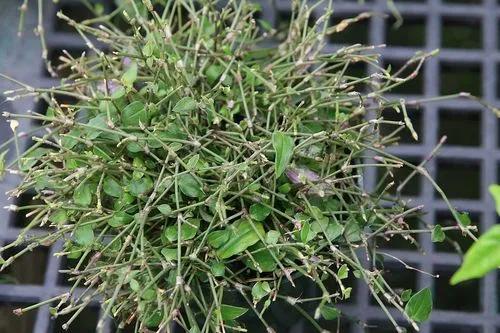Scilla liliohyacinthus is a bulbous perennial with broadly strap-shaped, semi-erect, glossy basal leaves. Erect stems to 25cm tall bear loose clusters of soft blue, star-shaped flowers in spring.
Pyrenean Squill Care
Scilla lilio-hyacinthus



Scilla is a genus of about 50 to 80 bulb-forming perennial herbs in the family Asparagaceae, subfamily Scilloideae, native to woodlands, subalpine meadows, and seashores throughout Europe, Africa and the Middle-East. A few species are also naturalized in Australia, New Zealand and North America. Their flowers are usually blue, but white, pink, and purple types are known; most flower in early spring, but a few are autumn-flowering. Several Scilla species are valued as ornamental garden plants.
How to Care for the Plant

Water

Once established, water needs are minimal. Allow the top inch to dry out before irrigating in spring and summer. Water needs of this plant are average.

Sunlight

Choose a spot in full sun or partial shade.

Soil

Plant in a moderately fertile, humus-rich, well-drained soil.

Temperature

The plant can be found in the areas with the lowest winter temperatures of -28.8°C (-20°F).

Popularity

4 people already have this plant 3 people have added this plant to their wishlists
Discover more plants with the list below
Popular articles






